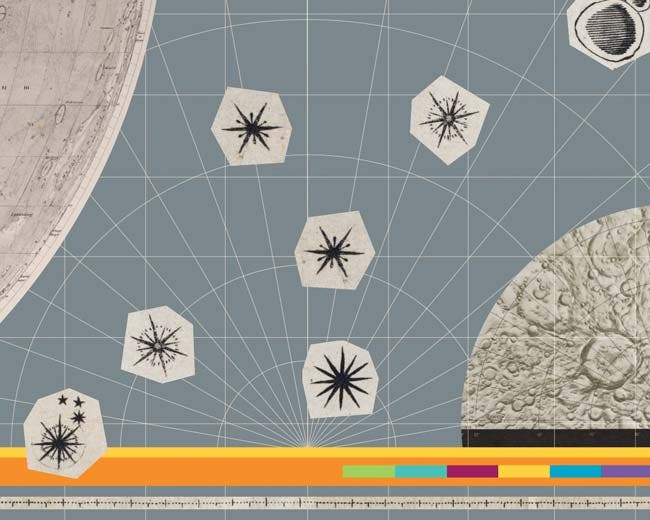Lunar Reconnaissance Orbiter
The Moon continues to be a destination for scientific research, and it has become an international effort. Since the 1990s, the European Space Agency, Japan, India, China, and the U.S. have all sent probes to the Moon. In recent years, the U.S. has continued its photographic mapping of the Moon with the launch of the Lunar Reconnaissance Orbiter (LRO) on June 18, 2009.
LRO Photography
The Lunar Reconnaissance Orbiter Camera (LROC), developed at Arizona State University, is a three-camera assembly aboard the LRO. It has two cameras for high-resolution images of the surface and one wide-angle camera.
The orbiter also contains science experiments, including a cosmic ray telescope, neutron detector, laser altimeter to create a 3-D map of the Moon, and radar to image polar regions in search of ice.

